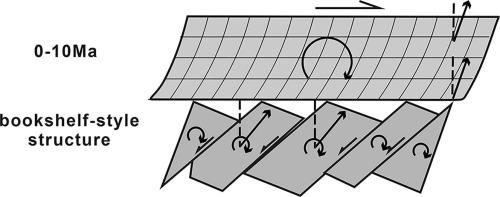当前位置:
X-MOL 学术
›
J. Asian Earth Sci.
›
论文详情
Our official English website, www.x-mol.net, welcomes your feedback! (Note: you will need to create a separate account there.)
Paleomagnetism and microtextures reveal Neohimalayan deformation pattern in the northwestern Tethys Himalaya
Journal of Asian Earth Sciences ( IF 3 ) Pub Date : 2020-10-01 , DOI: 10.1016/j.jseaes.2020.104516 Shuai Li , Yalin Li , Xiaodong Tan , Jun Meng , Yongmei Shang , Yushuai Wei , Chengshan Wang
Journal of Asian Earth Sciences ( IF 3 ) Pub Date : 2020-10-01 , DOI: 10.1016/j.jseaes.2020.104516 Shuai Li , Yalin Li , Xiaodong Tan , Jun Meng , Yongmei Shang , Yushuai Wei , Chengshan Wang

|
Abstract The India-Asia collision produced the Himalayan orogenic belt. The kinematics of crustal blocks within the orogenic belt can shed insights into the tectonic processes related with the continental collision. We report a combined study of paleomagnetism and microtextures from the Zhongba microterrane, northwestern Tethys Himalaya. The Zhongba microterrane is located in the southwestern part of Tibet. A total of 71 samples collected from Permian formations yield a distinct remanent component carried by pyrrhotite, which failed fold tests. Compared with the apparent polar wander path of India, it is suggested that this overprint component is acquired recently (10–0 Ma), and a ~16° clockwise rotation is also indicated. Microtextures from several localities show E-W directed shear. Together with reported GPS observations and clockwise rotations, a bookshelf-style deformation pattern associated with strike-slip faulting is proposed for the Neohimalayan tectonics in the Tethys Himalaya. Bookshelf-style rotation of small blocks coordinated by strike-slip faults is not only a practical model to absorb the crustal shortening caused by the convergence of the Indian-Eurasian plate, but also an important way for the escape of the Tibetan Plateau to the southeast.
更新日期:2020-10-01


























 京公网安备 11010802027423号
京公网安备 11010802027423号